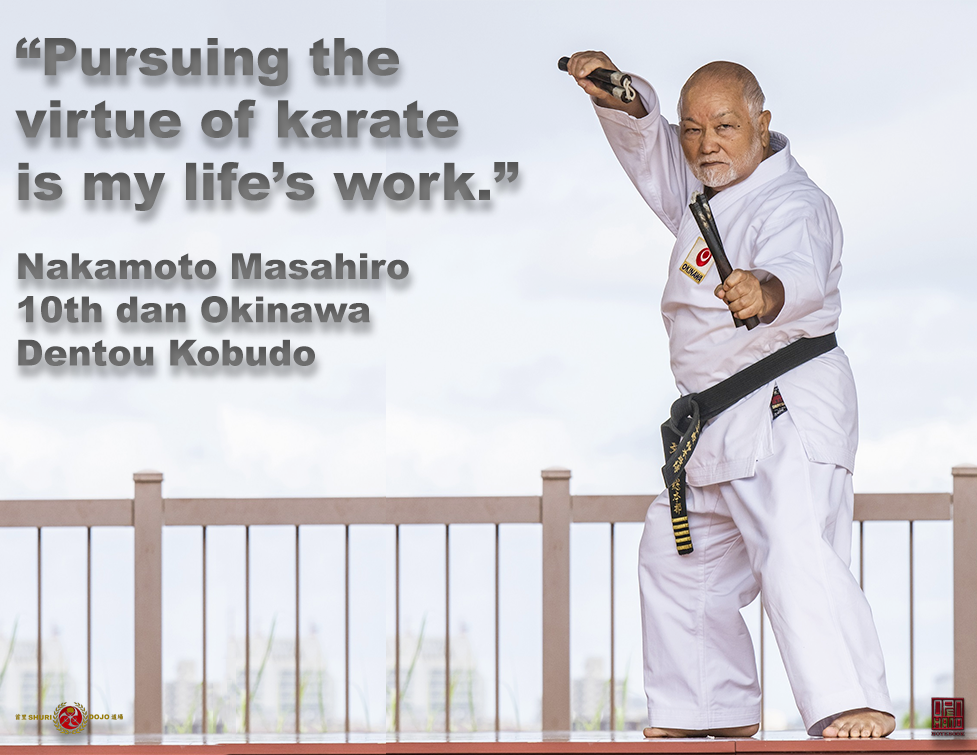
Ojigi (お辞儀) – Bowing in Japan is the act of lowering your head or the upper part of the torso, commonly used as a sign of salutation, reverence, apology or gratitude in social or religious situations.
.
Bowing is extremely important in Japan, children normally begin learning how to bow at a very young age, companies commonly train their employees precisely how they are to bow.
.
Historically, ojigi was closely affiliated with the samurai. The rise of the warrior class in the Kamakura period (1185–1333) led to the formations of many well-disciplined manuals on warrior etiquette, which contained instructions on proper ways to bow for the samurai.
.
The Japanese word ojigi (お辞儀) was derived from the homophone お時宜, which originally meant “the opportune timing to do something”. It did not start to denote specifically the act of bowing in the contemporary sense until late Edo period (1603–1868), when samurai bowing etiquette had spread to the common populace. Nowadays, the ojigi customs based on the doctrines of the Ogasawara School of warrior etiquette – which was founded some 800 years ago – are the most prevalent in society
.
Basic bows are performed by bending from the waist with the back and neck straight, hands at the sides (males) or clasped at the lap (females), and eyes looking down. The body is composed but not rigid. Generally, the longer and deeper the bow, the stronger the emotion and respect expressed.
.
Japanese kanji can have many meanings. ‘Rei’(礼) the word usually used to signify a bow in the Karate dojo, when combined with other kanji, can signify prayer, courtesy, thanking, or bowing, among others.
.
Karate itself was developed where courtesy has always had great emphasis. Courtesy becomes a code that is necessary to follow during interaction with seniors, peers and instructors alike. Bowing to each other during karate symbolizes a sense of courtesy that is shared between everyone.
.
Karate practitioners bow to the dojo whenever they enter and leave the building, as it is considered a sacred space in martial arts practice. Upon arrival, practitioners will bow to their teachers and seniors as greetings, starting with the highest-ranking member.
.
At the beginning and end of any partner work, practitioners will bow to each other as a sign of mutual respect and humility.
.
Before each training session, practitioners will bow first to the shōmen (正面, the direction of any ‘kamiza’ (上座 – seat of honor), or the most important person, then bow to their teachers and finally to each other.
.
Generally, one who is considered lower ranking in Japanese society bows longer, more deeply, and more frequently than one of a higher rank. A higher ranked person addressing a lower ranked person will generally only nod slightly, and some may not bow at all.
.
Bows of apology tend to be deeper and last longer, occurring with frequency throughout the apology, generally at about 45 degrees with the head lowered and lasting for at least the count of three, sometimes longer. The depth, frequency, and duration of the bow increases with the sincerity of the apology and severity of the offense.
.
Generally speaking, ojigi in Japan can be coarsely divided into two categories: ‘zarei’ (座礼), bowing while kneeling, and ‘ritsurei’ (立礼), bowing while standing. In either case, it is considered essential to bend one’s body only at the waist and keep one’s back completely straight during the bowing gesture. Failure to do so is often thought of as an indication of lethargy, insincerity and even disrespect. ![]()
![]()
.
“Pursuing the virtue of karate is my life’s work…… [..] Bu, starts with Rei and ends with Rei.” – Nakamoto Masahiro 10th dan Okinawa Dentou Kobudo
.
References: 日本人の所作・礼儀作法の歴史 (Japanese Conduct ∙ The History of Etiquettes). Quote from 沖縄県空手振興課公式チャネル (Okinawa Prefecture Karate Promotion Division Official Channel)
.
.
